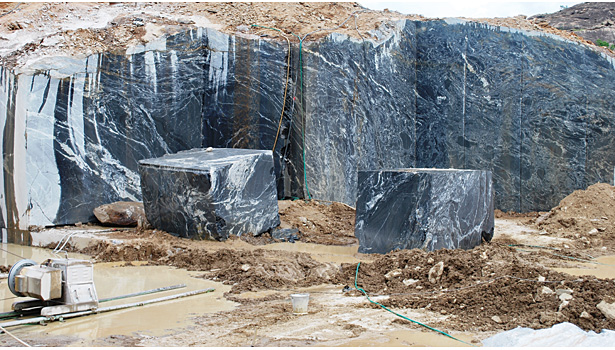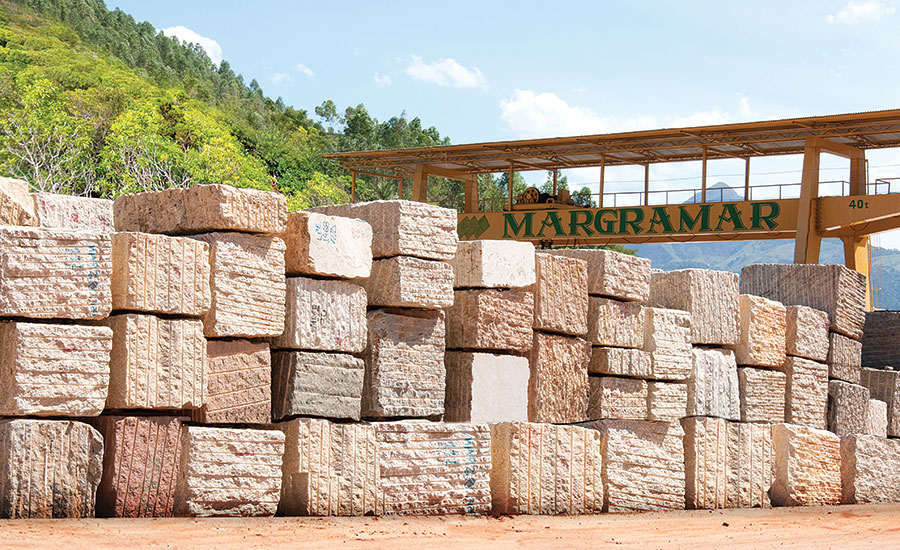Journeying Through Granite Quarries in South Africa: A Visual Odyssey
Journeying Through Granite Quarries in South Africa: A Visual Odyssey
Blog Article
Revealing the Mysteries of Granite Quarrying: Where Toughness and Beauty Meet
The globe of granite quarrying is a world where the raw toughness of nature converges with human creativity to develop frameworks that stand the test of time with an air of beauty. From the depths of quarries to the careful sprucing up in workshops, the process of transforming granite into architectural wonders is an intricate dancing of practice and innovation. As we peer into the depths of this ancient craft, we begin to discover the surprise details that shape the very essence of our built atmosphere.
The Origins of Granite Quarrying
In the annals of architectural history, the origins of granite quarrying are shrouded in a tapestry of ancient craftsmanship and geological marvels. Dating back to ancient Egypt and Mesopotamia, the extraction of granite from quarries marked the beginning of a journey that would eventually lead to the creation of some of the world's most iconic structures.
Granite quarrying's roots can be mapped to the skilled craftsmens that identified the rock's longevity and visual charm. With a combination of primitive tools and sheer determination, these very early quarry employees discovered granite blocks that would become the building blocks of civilizations.
As civilizations advanced, so did the strategies of quarrying granite. The Romans, renowned for their design prowess, established advanced approaches for extracting granite to build monoliths, temples, and roadways that stood the examination of time.
The legacy of these old quarrying methods remains to shape modern-day design, with granite continuing to be an icon of stamina and style in construction projects around the world. (granite quarries in south africa)
Tools of the Quarrying Trade
The advancement of granite quarrying methods from ancient human beings to contemporary times highlights the crucial role played by the devices of the quarrying trade in forming the market's practices. In old times, quarrying tools were primary, commonly containing knives, hammers, and wedges made from materials like bronze or iron. These devices needed substantial manpower and time to remove granite blocks from quarries.

In addition, the intro of pneumatically-driven devices and high-powered machinery has considerably decreased the physical labor needed in quarrying operations, enhancing worker safety and performance. As the quarrying sector remains to introduce, the tools click for more info of the trade remain at the center of driving progression and forming the future of granite extraction.
Drawing Out Blocks of Granite
Utilizing precision equipment and progressed methods, the extraction of granite obstructs from quarries has actually ended up being an advanced process in the modern-day quarrying sector. The preliminary step entails recognizing the place and size of the granite down payment to figure out the most efficient removal technique. Once an ideal website is selected, the removal procedure begins with the exploration of openings for the placement of nitroglycerins. Managed navigate here blasting strategies are then used to damage apart the granite into convenient sections.

Polishing and Ending Up Methods
To accomplish a remarkable surface on granite blocks, proficient artisans utilize a collection of meticulous polishing and ending up techniques. After the preliminary removal and shaping processes, the granite obstructs undertake a comprehensive sprucing up stage to enhance their natural appeal and durability.
In enhancement to sprucing up, completing methods are applied to further refine the granite's appearance. By carefully picking and using these brightening and completing methods, artisans can change raw granite obstructs right into splendid pieces that showcase both strength and style.

Ecological Effect and Sustainability
With the growing emphasis on ecological consciousness in the sector, granite quarrying practices are significantly scrutinized for their effect on natural deposits and lasting sustainability. Quarrying for granite can have significant ecological effects. The extraction procedure often includes making use of heavy equipment, nitroglycerins, and large amounts of water, bring about habitat damage, dirt disintegration, and water pollution. Furthermore, the transport of granite from quarries to refining facilities produces carbon exhausts, further adding to environmental destruction. granite quarries in south africa.
To reduce these effects and make certain sustainability in granite quarrying, sector stakeholders are adopting various measures. Executing sophisticated innovations to minimize energy usage and water usage, recovering quarried land for environmental repair, and promoting accountable sourcing methods are some methods being utilized. Moreover, accreditations such as the Forest Stewardship Council (FSC) and the Leadership in Energy and Environmental Layout (LEED) aid customers determine ecologically friendly granite products.
Conclusion
Finally, granite quarrying is a procedure that needs specialized tools and strategies to remove blocks of granite and polish them to a high level of coating. While the environmental effect of quarrying can be significant, efforts are being made to improve sustainability practices in the market. Overall, granite quarrying is a delicate equilibrium in between taking advantage of the strength and beauty of this all-natural stone while minimizing its influence on the environment.
Report this page